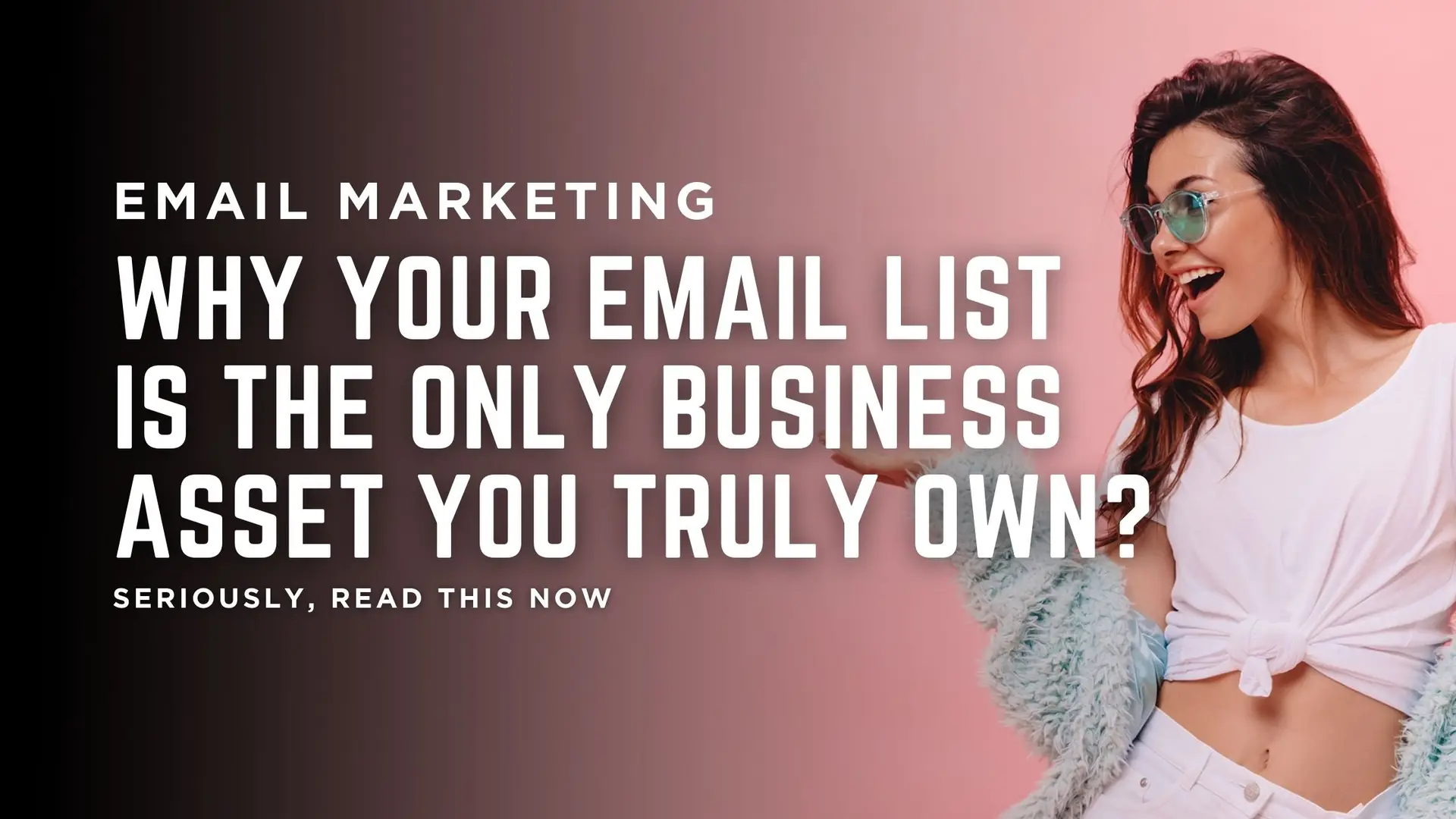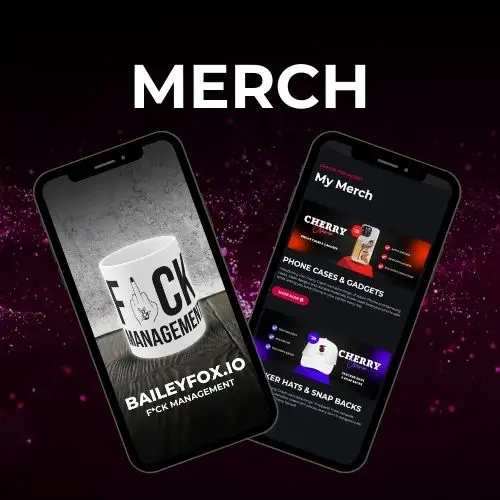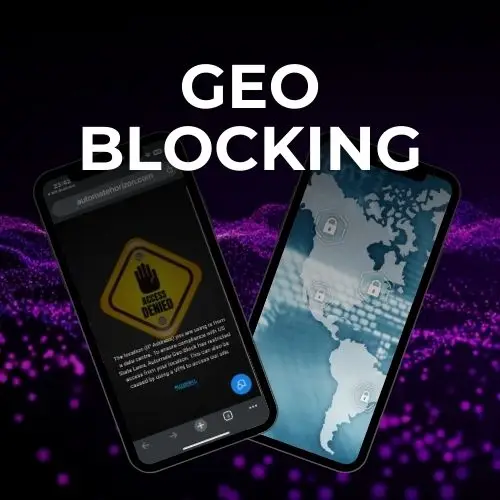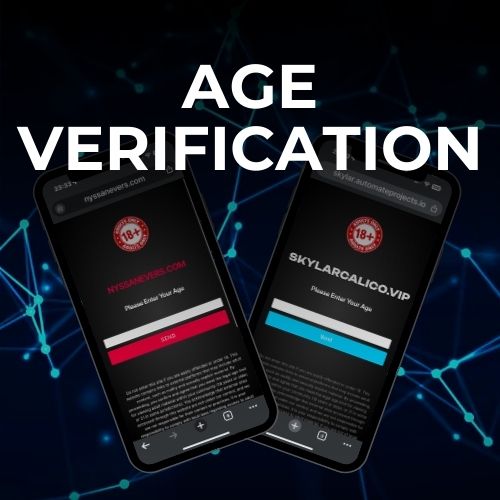Imagine you just made a great sale on your website, but a few weeks later, that money is pulled back out of your account, and you’re hit with a fee. This is the silent threat of a chargeback, and it’s the single biggest risk to a creator’s payment account.
A chargeback isn’t a simple refund; it’s a forced transaction reversal initiated by a customer’s bank. For adult creators, a high volume of chargebacks can lead to your merchant account being flagged, frozen, or even permanently terminated. It’s a serious issue, but it’s not a fight you have to lose.
This guide will empower you with the knowledge to prevent and fight back against chargebacks, protecting your hard-earned income and securing your business’s future.
What Is a Chargeback and Why Do They Happen?
A chargeback is a dispute filed by a customer with their bank, requesting a refund for a transaction. The bank then pulls the funds directly from your merchant account. Unlike a refund, which you control, a chargeback bypasses you entirely and comes with a fee for every dispute (typically $15-$25), regardless of the outcome.
In the adult industry, chargebacks are most often caused by two things:
- Friendly Fraud: This is the most common reason. A customer may forget they made a purchase, have “buyer’s remorse,” or fear being exposed, so they dispute the charge with their bank instead of contacting you for a refund.
- Actual Fraud: This occurs when a stolen credit card is used to make a purchase on your site.
Proactive Prevention: The Best Defense
The best way to handle a chargeback is to prevent it from happening in the first place. You can drastically reduce your risk by taking these three simple, proactive steps.
1. Use a Clear Billing Descriptor
A billing descriptor is the name that appears on your customer’s credit card or bank statement. If it’s vague, like “Website Sale,” a customer might not recognize it and file a dispute.
Work with your payment processor to use a descriptor that is professional and easy to recognize, but still discreet. Trusted providers like CCBill offer the ability to customize your billing descriptors, ensuring your customers know exactly what the charge is for, preventing “friendly fraud” chargebacks.
2. Provide Top-Notch Customer Service
When a customer has an issue, they should be able to reach you easily. If they can’t find a way to contact you, they’ll go directly to their bank.
Make sure your website has a clearly visible and responsive customer support email address. A quick, empathetic response can turn a potential chargeback into a simple refund, saving you both the money and the headache.
3. Have a Clear Refund Policy
Don’t hide your refund policy. It should be easily accessible on your website’s footer and checkout page. This shows your customers that you are a legitimate business that stands by its product, building trust and reducing disputes.
The “Representment” Process: How to Fight Back
When a chargeback is filed, you have the right to fight it, a process known as representment. This involves submitting evidence to the customer’s bank to prove that the transaction was legitimate and the customer received the content they purchased.
Here’s the documentation you’ll need to win:
- Transaction Details: The date, time, and amount of the transaction.
- Customer Information: The customer’s IP address, email, and name. This is why having a secure, compliant website is crucial—it logs this data for you.
- Proof of Delivery: For digital content, this includes logs showing the content was downloaded or streamed from your website.
- User Activity Logs: Show that the user logged into their account and accessed your content after the purchase.
- Email Communication: Any emails between you and the customer regarding the purchase.
While this process can be time-consuming, a successful representment saves you from losing the sale and the chargeback fee.
The “ON MATCH” List: A Silent Threat to Your Career
This is one of the most serious risks in the payment processing world. “ON MATCH” is a list maintained by Mastercard of merchants who have had their merchant accounts terminated by a payment processor for having a high number of chargebacks or fraudulent activity.
Getting on this list is a worst-case scenario. It makes it extremely difficult—if not impossible—to open a new merchant account with a different payment processor. This can effectively end your career as a direct seller. This is a primary reason why payment processors, like CCBill, have rolling reserves and strict policies—they are protecting both themselves and you from this blacklist.
Conclusion
Chargebacks are a business reality, but they are far from an insurmountable threat. By being proactive with your security and customer service, you can prevent most chargebacks before they happen. And when a chargeback does occur, you’ll be ready to fight back with the right tools and information.
By partnering with a trusted provider like CCBill and a platform like Automate Horizon, you gain access to the tools and expertise needed to navigate this complex landscape, giving you the confidence to focus on what you do best: creating content for your fans.
Ready to take control of your payments? Check out our guides on low-risk vs. high-risk payments and how to safely navigate the payment processing landscape.






